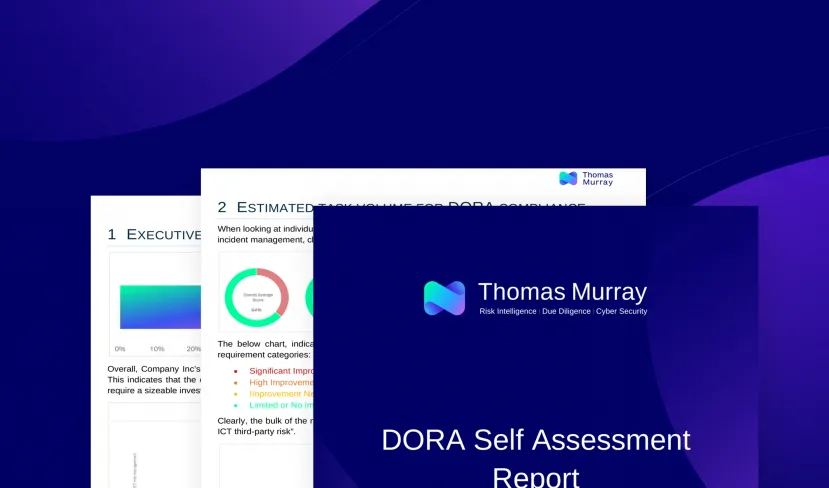DORA Readiness Toolkit
Use our free, easy-to-follow checklist to determine how close your organisation is to meeting all the DORA requirements.
6 min read
The single source of truth: DORA and third-party risk management
In this episode, the panel looked at how DORA can enhance risk management practices.
4 min read
Why DORA, and why now
In the episode, Kev grilled Shreeji about what the EU regulators are hoping to achieve with DORA.
5 min read
The million-dollar question: Europe’s FMIs get ready for DORA
In the episode, Panos and Shreeji discuss some of the specific challenges faced by FMIs when it comes to DORA.
6 min read
10 key questions to ask your global custodian
There are numerous decisions that will shape the future of your business. Among them, choosing the right custodian holds immense significance.
3 min read
Understanding inherent risk and residual risk
Knowing the difference between inherent risk and residual risk is key to good risk management processes.





